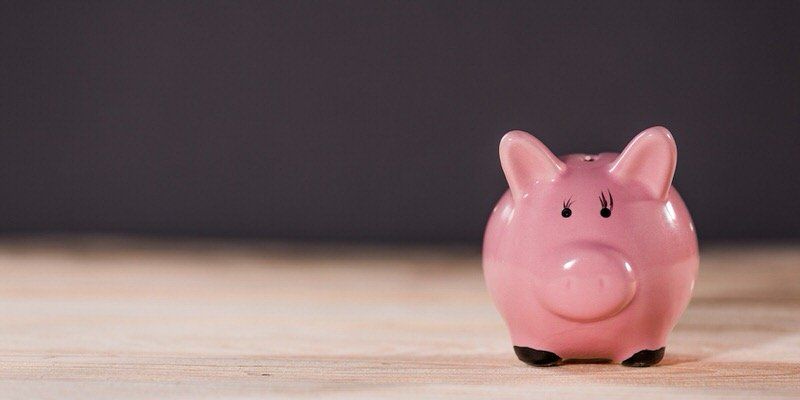Getting the Most Out of Your RRSPs
It’s that time of year again. The taxman is coming and you’re going to have to get filing.
For many, it’s the time to take a large sum of money and dump it into your RRSP contribution to reduce your taxes. But is it the best way to handle the investment? It may be too late for last year, but starting this spring, try taking a different approach. Instead of putting in one big chunk at the end of the year, have your RRSP contribution come out on a monthly basis. If you have it set up to come out automatically, you’re going to hate it for the first three or four months, but after a while you won’t realize it’s happening.
Besides being a forced savings plan for your retirement, RRSPs can be a big help for first-time homebuyers. First-time homebuyers can utilize up to $25,000 worth of RRSPs for a down payment on a home. They have 15 years to pay it back and can defer payments for the first two years. Utilizing your RRSPs toward a down payment makes perfect sense. That said, if you’re lucky enough to not need it, don’t use it.
Depending on the mortgage broker you speak to, they’ll tell you nearly half of first-time homebuyers use their RRSPs to help cover their down payment.
You also might not know that you could have been a homeowner previously and still be considered a first-time homebuyer. Under the federal government’s Home Buyers’ Plan, you are considered a first-time home buyer if, in the previous four-year period, you did not occupy a home that you or your current spouse or common-law partner owned. So if you’ve been renting for a few years but want to get back into the market, using your RRSPs is an option.
As always, it’s best to connect yourself with a great financial planner that understands what your goals are and is working in your best interest. Mortgage professionals can also lend a hand if you have mortgage related RRSP questions.
This article was originally included in the Dominion Lending Newsletter which was published on February 6th 2018.




